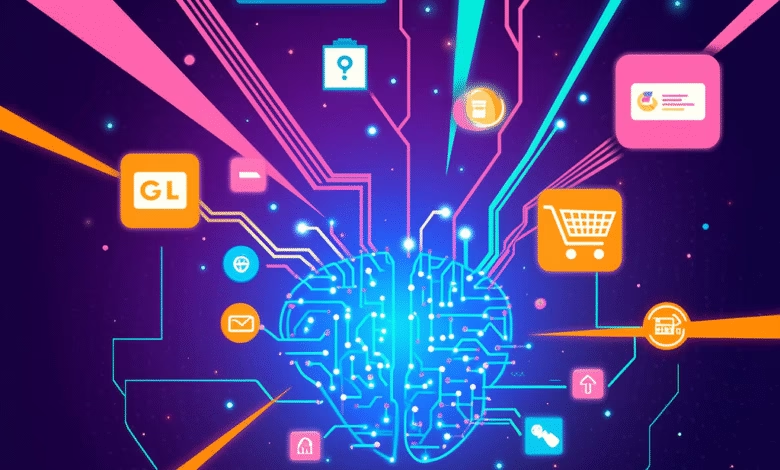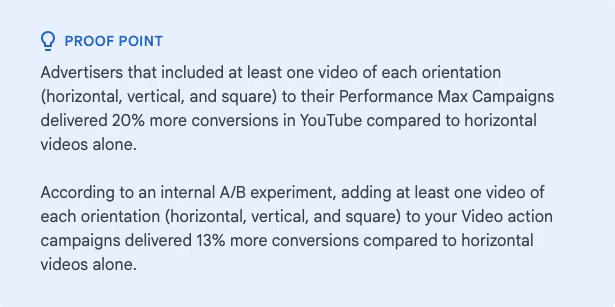Google Ads AI Tools: Fix Creative Bottlenecks & Boost Efficiency

▼ Summary
– Advertisers face pressure to produce high-quality visual content at scale, prompting Google Ads to introduce AI-powered tools for streamlined asset creation.
– Google’s new AI tools, like Asset Studio, aim to centralize and simplify creative workflows, reducing manual tracking and repetitive asset use across campaigns.
– Brand control concerns arise with AI-generated content, but Google addresses these with features like Brand Profiles and human approval checks to maintain consistency.
– Industry experts highlight AI’s potential to democratize creative resources for smaller businesses while cautioning about authenticity and uniformity risks.
– Google’s AI tools represent a shift toward faster, more efficient ad creation, with future advancements expected to enhance real-time generation and personalization.
Google’s latest AI-powered advertising tools are transforming how businesses create and manage visual content, offering solutions to the growing challenge of producing high-quality assets at scale. These innovations promise to streamline workflows while maintaining brand consistency, addressing a critical pain point for marketers across industries.
Visual content has become indispensable in modern marketing strategies. Consumers engage more with video and lifestyle imagery throughout their purchasing journey, yet creating these assets often strains resources. Google’s new AI tools aim to bridge this gap by automating parts of the creative process without compromising quality or brand integrity.

The pressure to deliver fresh, compelling visuals is particularly intense during peak shopping periods. Missing key opportunities due to creative bottlenecks can have serious consequences for campaign performance and revenue. Google’s solution comes through several interconnected features:
- Asset Studio centralizes creative management
- AI-generated video tools transform static images into motion content
- Brand Profiles ensure visual consistency across platforms
These developments represent more than incremental improvements—they signal a fundamental shift in digital advertising workflows. Where marketers once struggled with manual asset tracking and last-minute creative scrambles, AI now offers systematic solutions.
Brand control remains a top concern with automated content creation. Companies worry about maintaining their visual identity when relying on algorithmic tools. Google addresses this through built-in approval processes and brand guideline enforcement within its platforms. The balance between automation and oversight appears carefully considered.
Industry experts offer mixed but generally optimistic perspectives on these advancements. Some highlight the democratizing effect for smaller businesses that previously couldn’t afford professional-grade creative assets. Others caution about potential homogenization of visual content as more brands use similar AI tools.
Key locations for accessing these new capabilities include:
- Performance Max campaign interfaces
- Google Merchant Center
- Dedicated creative tools sections
The implications extend beyond convenience. AI-powered creative tools could redefine competitive dynamics in digital advertising, giving resource-constrained businesses access to capabilities previously reserved for major brands. This levels the playing field while raising the bar for content quality across the board.
Future developments may include more sophisticated personalization, real-time creative optimization, and enhanced diversity in automated visual content. As these tools mature, they’ll likely become more intuitive and better at interpreting nuanced brand requirements.
For marketers, adapting to these changes isn’t just about keeping pace with technology—it’s about unlocking new strategic possibilities. The ability to rapidly produce tailored, high-performing creative assets allows for more agile campaign management and better audience targeting.
These innovations arrive as visual content dominates consumer attention across Google’s platforms. With most users engaging daily with Google or YouTube services, the impact of improved creative tools could be substantial. Early testing in the U.S. market suggests these features will create a more dynamic, interactive advertising ecosystem.
The transition to AI-assisted creative production marks an inevitable evolution in digital marketing. Businesses that embrace these tools early stand to gain significant advantages in campaign performance and operational efficiency. While challenges remain in implementation and brand management, the overall direction points toward smarter, more scalable advertising solutions.
(Source: Search Engine Land)

